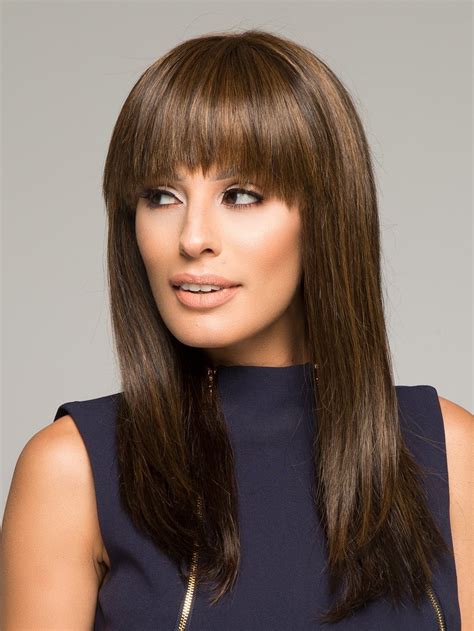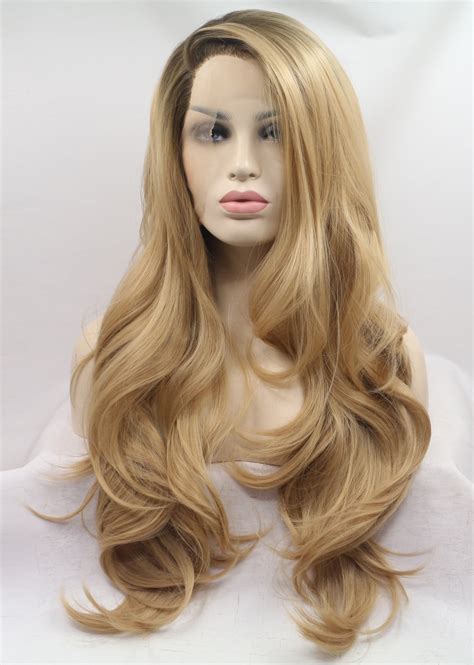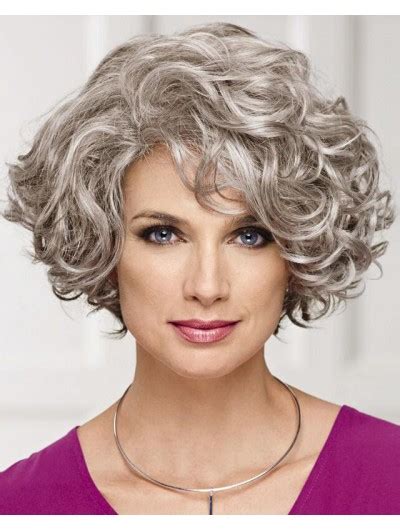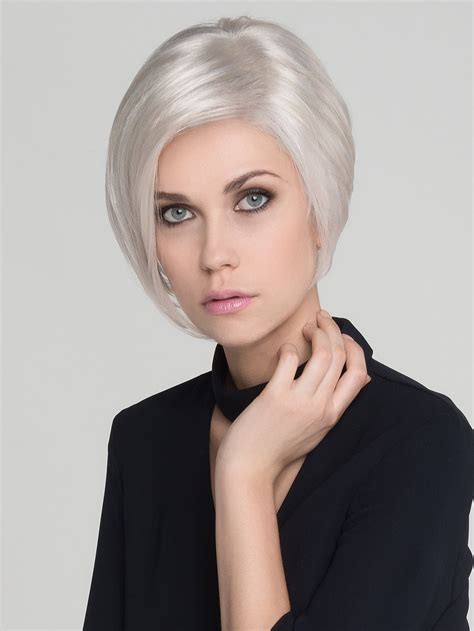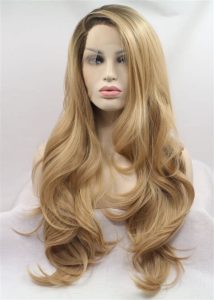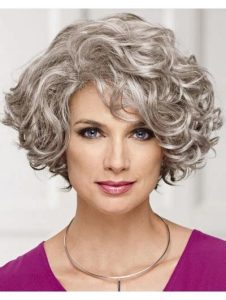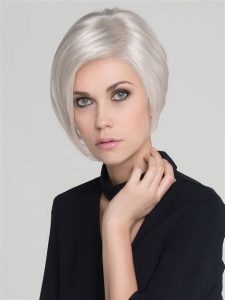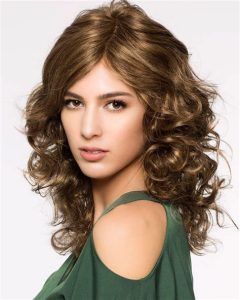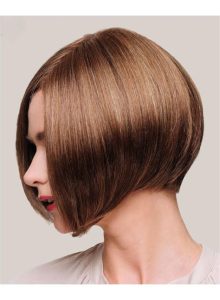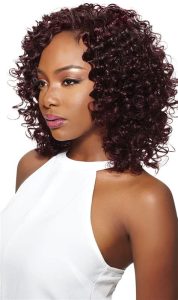Wigs: A Modern Fashion Essential vs. A Timeless Accessory
Introduction
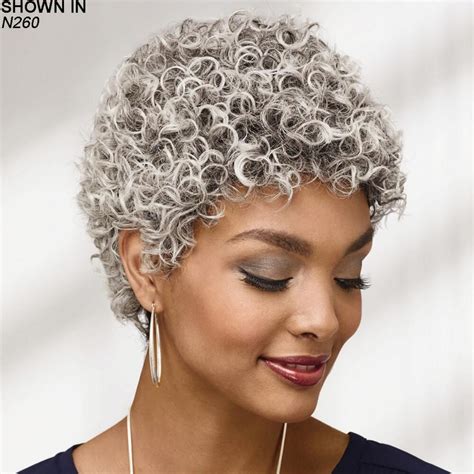
Wigs have become an integral part of the fashion world, offering versatility, style, and endless possibilities for self-expression. From natural-looking pieces to bold and avant-garde creations, wigs have evolved to cater to diverse tastes and hair aspirations. This comprehensive guide delves into the world of wigs, exploring their types, styling options, benefits, and future trends.
Types of Wigs
Wigs come in a wide range of styles and constructions, each designed for different purposes and preferences.
1. Full Lace Wigs: These wigs feature a sheer lace cap that covers the entire head. They provide a natural-looking hairline and allow for versatile styling, including high ponytails and updos.
2. HD Lace Wigs: HD (High Definition) lace wigs use an ultra-thin transparent lace that blends seamlessly with skin tones, creating an incredibly realistic appearance. They offer a lightweight and comfortable fit, making them ideal for extended wear.
3. Machine-Made Wigs: Machine-made wigs are constructed using a machine that weaves the hair onto a pre-made cap. They are durable, affordable, and easy to maintain, making them a popular choice for everyday wear.
4. Human Hair Wigs: Human hair wigs are made from 100% human hair, providing a natural look and feel. They can be styled, dyed, and bleached just like natural hair, allowing for limitless customization.
5. Synthetic Hair Wigs: Synthetic hair wigs are made from artificial fibers that mimic the appearance and texture of human hair. They are often less expensive than human hair wigs and come in a wider variety of colors and styles.
Styling Options for Wigs
Wigs offer a multitude of styling options, empowering you to experiment with different looks and create your own unique style.
1. Natural Styles: Wigs can be styled to mimic the look of natural hair, from sleek bobs to layered haircuts and effortless waves. Proper installation and maintenance ensure a seamless blend with your own hair.
2. Bold Colors and Patterns: Wigs are an excellent way to explore bold colors and patterns without committing to permanent hair alterations. From vibrant hues to intricate designs, the possibilities are endless.
3. Updos and Ponytails: Full lace and lace front wigs allow for versatile updos and ponytails, giving you the freedom to elevate your style for special occasions or everyday chic.
Benefits of Wearing Wigs
Wigs offer numerous benefits beyond their aesthetic appeal:
1. Hair Loss Solutions: Wigs provide a safe and discreet solution for individuals experiencing hair loss due to medical conditions, alopecia, or premature aging. They restore confidence and allow users to maintain their desired appearance.
2. Hair Damage Protection: Wigs can protect your natural hair from damage caused by excessive heat styling, chemical treatments, or environmental factors, allowing you to experiment with different styles without compromising hair health.
3. Instant Style Transformations: Wigs offer instant style transformations, allowing you to change your look effortlessly. Whether you want to add length, volume, or a touch of color, wigs provide the ultimate versatility.
Future Trends in Wigs
The world of wigs is constantly evolving, with new trends emerging to cater to evolving fashion and technological advancements:
1. Customization: Personalized wig services are becoming increasingly popular, allowing customers to create custom wigs tailored to their exact specifications, from hairline shape to hair color.
2. AI-Powered Wig Design: Artificial intelligence (AI) is being used to develop innovative wig designs, using algorithms to analyze facial features and suggest complementary styles.
3. Sustainability: Eco-friendly wigs made from plant fibers or recycled materials are gaining traction as consumers become more conscious of their environmental impact.
How to Choose the Right Wig
1. Consider Your Face Shape: The shape of your face will help you determine the most flattering wig style. Round faces suit longer styles, while oval faces can wear a wider variety of shapes.
2. Match Your Hair Texture: Ensure the wig you choose has a similar hair texture to your own for a natural-looking integration. If your hair is curly, opt for a wig with defined curls, while straight-haired individuals can choose a sleek and smooth wig.
3. Know Your Color Code: Determine your skin tone and undertones to select a wig color that complements your complexion. Warm skin tones suit golden or amber highlights, while cool tones look best with ash or silver streaks.
Step-by-Step Guide to Installing a Wig
1. Prepare Your Hair: Braid or cornrow your natural hair into small sections and use a wig cap to secure it and create a smooth surface for the wig.
2. Apply Wig Glue: If desired, apply a thin layer of wig glue to the hairline of the wig cap for extra security.
3. Adjust Wig Position: Place the wig on your head, starting from the front and gradually working your way back. Adjust it until it fits comfortably and securely.
4. Secure Wig: Use hair clips or bobby pins to anchor the wig to your hair, ensuring it stays in place throughout the day.
5. Style Wig: Brush or style the wig as desired, using heat tools at a low temperature to avoid damaging the hair fibers.
Pros and Cons of Wearing Wigs
Pros:
- Versatility: Wigs offer endless styling options, allowing you to change your look effortlessly.
- Confidence Booster: Wigs can restore confidence in individuals experiencing hair loss or other hair-related concerns.
- Hair Protection: Wigs protect your natural hair from damage caused by excessive styling and environmental factors.
Cons:
- Maintenance: Wigs require regular washing, conditioning, and styling to maintain their appearance and longevity.
- Cost: High-quality wigs can be expensive, especially human hair wigs or customized pieces.
- Discomfort: Some wigs may cause discomfort while wearing, particularly if they are not properly fitted or secured.
Frequently Asked Questions (FAQs)
1. Are wigs harmful to your hair?
Wigs are not inherently harmful to your hair when worn correctly. However, prolonged tight wearing or poor maintenance can lead to hair breakage or tension-related hair loss.
2. How long do wigs last?
The lifespan of a wig depends on the type, quality, and frequency of wear. Synthetic wigs typically last for 6-12 months, while human hair wigs can last for several years with proper care.
3. Can I use heat tools on my wig?
Heat tools can be used on wigs but should be set to a low temperature to avoid damaging the hair fibers. Heat protectant sprays are recommended to minimize the risk of damage.
4. How often should I wash my wig?
The frequency of washing depends on how often you wear your wig and the type of hair it is made from. As a general rule, synthetic wigs should be washed every 6-8 wears, while human hair wigs can be washed every 10-12 wears.
5. Can I color a wig?
Only human hair wigs can be colored. Synthetic wigs cannot be chemically altered, and any attempts to color them may damage the hair fibers.
6. How do I store my wig?
Store your wig in its original packaging or a wig stand to maintain its shape and prevent tangles. Avoid storing wigs in humid or direct sunlight.
Conclusion
Wigs have transformed from practical hair loss solutions to fashion must-haves, empowering individuals to express themselves and embrace their individuality. With advancements in technology and customization, the future of wigs holds endless possibilities.
